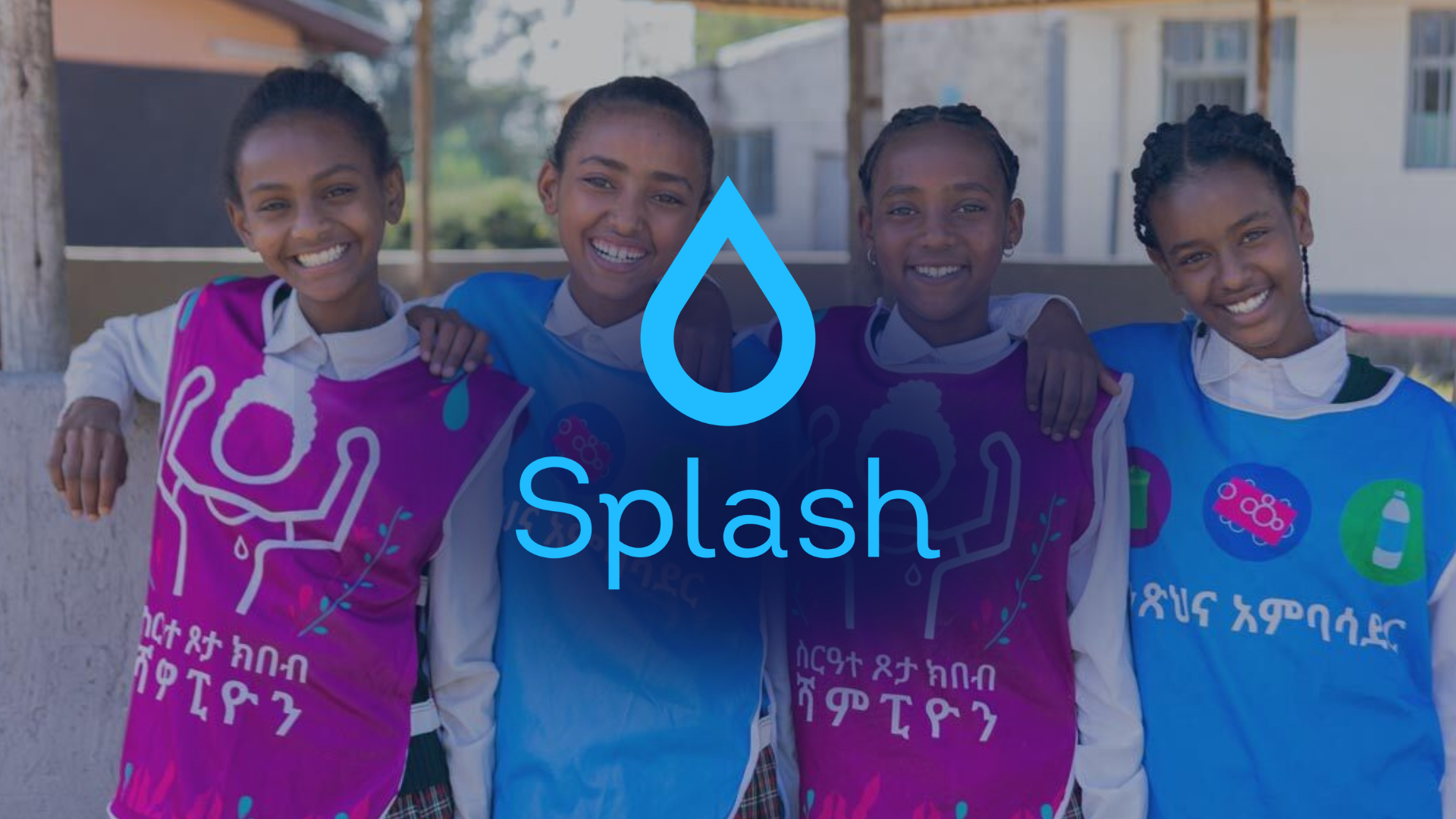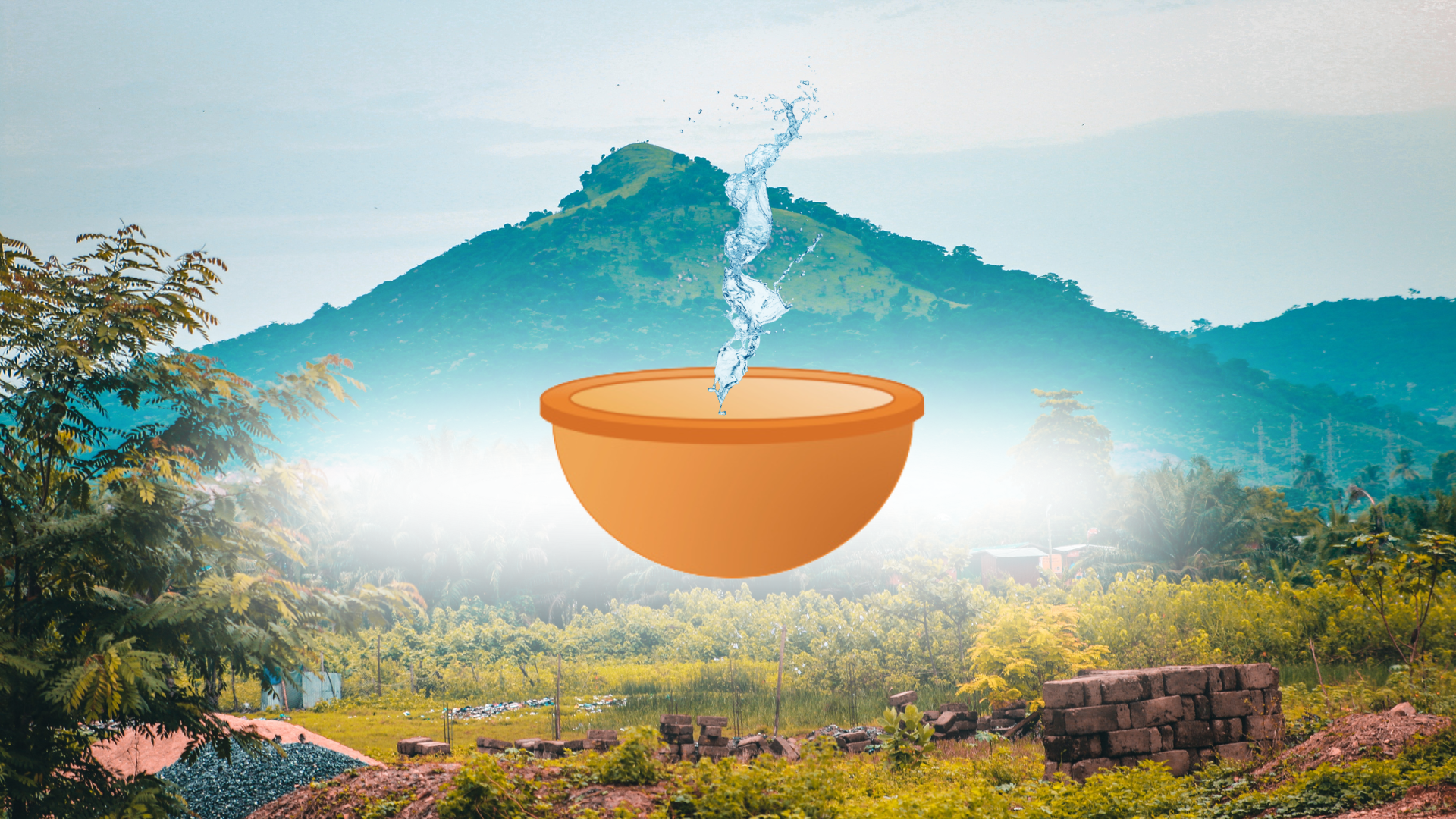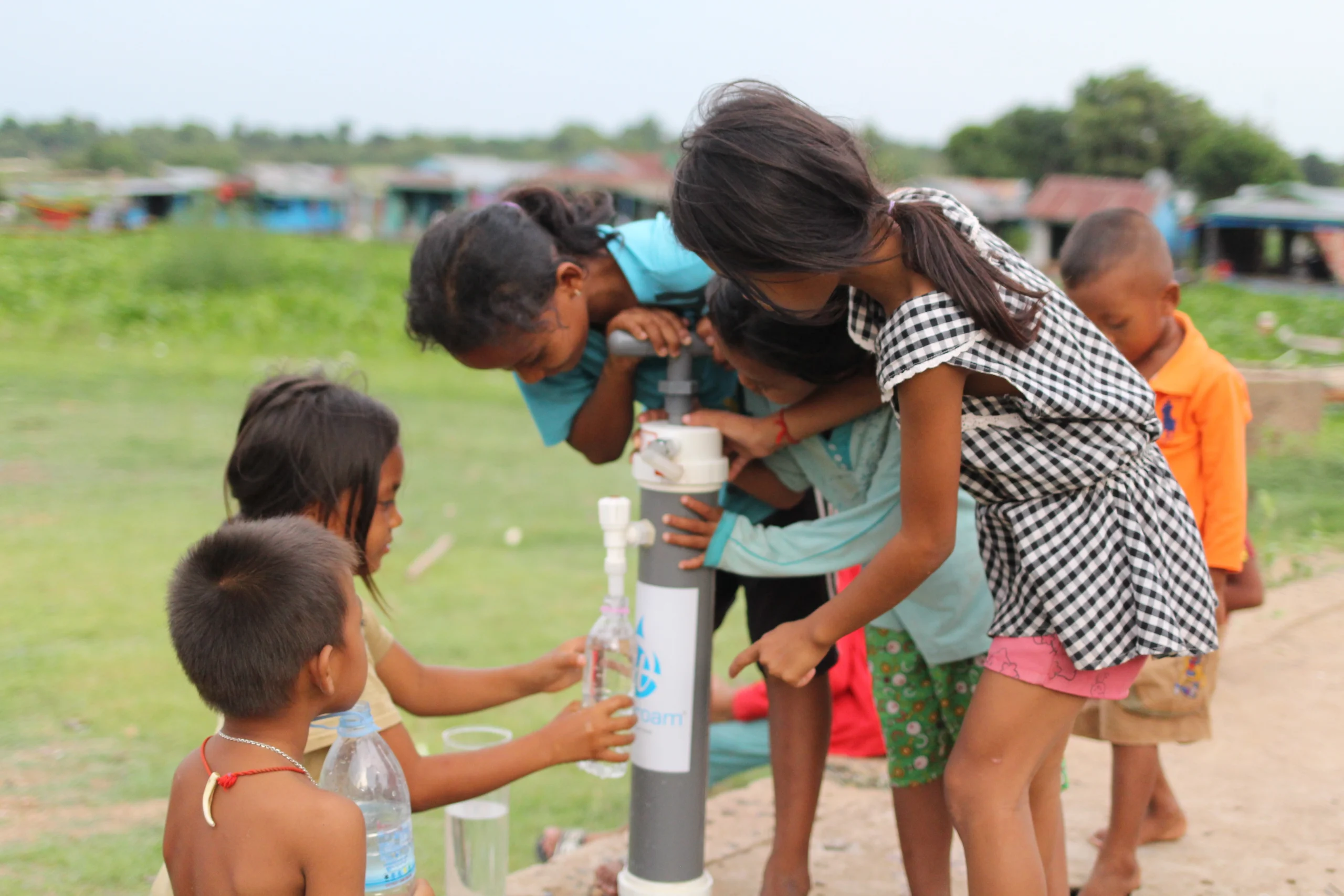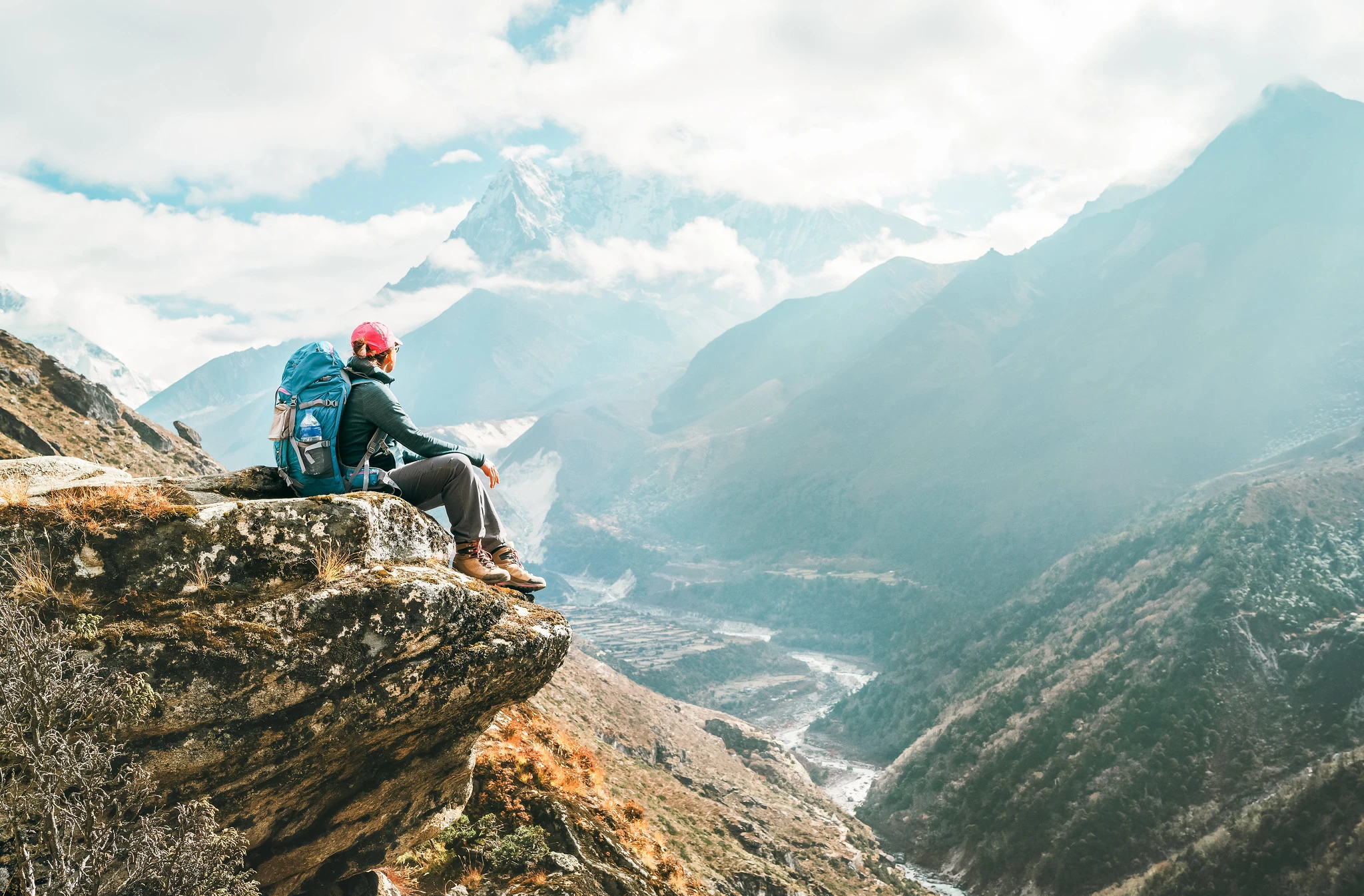Author: Jamie Harris
The World Health Organization (WHO) found that around 1.7 billion people used a drinking water source contaminated with feces in 2022. A lot of these instances happen when centralized water treatment is not available for a community. Instead, the community either does not treat their water at all or they rely on small-scale, innovative water treatment solutions. One way to treat drinking water is using a free, uncontrolled resource: the sun.

Solar disinfection, shortened to SODIS, is a method of killing microorganisms in water using the UV-A and infrared radiation from the sun. UV-A damages the cells of the pathogens while infrared is responsible for heating the water. SODIS is a great option for water collected from freshwater sources like lakes, rivers, or groundwater. But what if you only have access to salty water? Solar distillation is another method that uses the power of the sun. The heat of the sun evaporates salty water, separating the freshwater from the salt and killing bacteria and viruses.
So, if the sun can kill disease-causing organisms and desalinate our water, why doesn’t everyone use solar disinfection or distillation? The sun is free, after all. Well, like any water treatment technology, there are pros and cons. If solar-based treatment is appropriate for you, it will depend on these four things: affordability, geography, efficacy, and ease of use.
1. Affordability: How much does it cost?
Generally, communities with untreated drinking water are under-resourced. A larger entity is not paying for a water treatment plant–and if they are–the water supply is unreliable. Funding is not in abundance. Therefore, cost is going to be one of the biggest factors in choosing a solar-based water treatment solution.
There are two types of cost to consider when choosing any water treatment: the upfront cost (how much do I need to pay at once) and the cost per person per year (how far is my dollar going, see Figure 1 in this paper). Some may only be concerned with the upfront cost. Who cares if I am getting the most bang from my buck if the upfront cost is over my budget? Whereas some may be most interested in making sure they are paying the least amount for water treatment over a longer period of time.
2. Geography: Where are you in the world?
The main ingredient for solar disinfection and distillation (we will combine both into the term SODIS) is sunlight. The Center for Affordable Water and Sanitation Technology (CAWST) recommends SODIS to take six hours if the sky is cloudless or up to 50% cloudy, two consecutive days if the sky is more than 50% cloudy, and to not use SODIS during days of continuous rainfall.
Geography plays a crucial role in SODIS due to variations in sunlight intensity across different regions. The effectiveness of SODIS relies on ample exposure to UV-A radiation, which is abundant in sunny climates. Geographic location influences the duration and intensity of sunlight received, affecting the treatment’s efficiency. In equatorial regions, where sunlight is consistently strong, SODIS is particularly effective. Conversely, in regions with frequent cloud cover or low sunlight, reliance solely on solar disinfection may be impractical. The most favorable geographical regions for SODIS are located between latitudes 15°N and 35°N as well as 15°S and 35°S. Understanding the local geography and weather patterns is essential for optimizing SODIS implementation.

3. Efficacy: How do we know if our SODIS is working?
There are a few things you can do to ensure your SODIS is actually disinfecting the water as intended. The turbidity, or cloudiness, of the water should not be more than 30 nephelometric turbidity units. Think of the turbidity as a shield for microorganisms. Pathogens can hide behind the particles that are making the water cloudy and the sunlight cannot reach them for disinfection. If your water is too turbid, you should filter the water prior to SODIS. Try pouring the water through a laundered cloth or, if you have access, using an established household water filter.
An alternative route to creating your own SODIS with bottles at home is to use a product that has already been designed and tested. There are several commercially available water treatment products that use SODIS. The perk to using them is having clear instructions and not needing to source all of the materials yourself. Some SODIS products have even been through testing by third-party organizations like the WHO.
The WHO created an international scheme for evaluating household water treatment based on how much bacteria, viruses, and protozoa a product removes from drinking water. A water treatment technology can receive a 1, 2, or 3-star performance. So far, the WHO has only assigned stars to four solar-powered products: AquaPak, JAMEBI Solar Water Pasteurizer, SolarBag, and WADI. Although it is comforting to use a product that has been tested by a large organization like the WHO, you must also take into account how you use the technology.
4. Use and Maintenance
There are several questions you want to pose about your water treatment technology before choosing it.
How much water is it treating per day?
If you want to provide safe water for more than yourself, make sure the product you choose can treat at least 2.5 L per person per day.
How long does it take to treat the water?
Can you afford to wait 4, 8, or 48 hours for the water treatment to work? Think about your geography and how long you anticipate the SODIS to take in your area.
Does it require any maintenance?
How regularly do you have to clean the product? Are there any replacement parts you should have easy access to? Make sure you know these parameters before committing.
Do I mind drinking warm water?
Last, but not least, all SODIS will end in warm water. The sun is hot. The heat helps to kill the pathogens. Some people wait for the water to cool before drinking, adding to the overall wait time. What are your preferences and needs?
In conclusion, SODIS leverages the sun’s power to provide accessible and clean water. However, successful implementation requires a nuanced understanding of local conditions, careful consideration of costs, and an awareness of the technology’s limitations. Explore the Business Connect For Water platform to find more information about SODIS and other low-cost water treatment methods. It is our mission to be a reliable resource to advance our vision of a world where everyone has access to safe drinking water.




